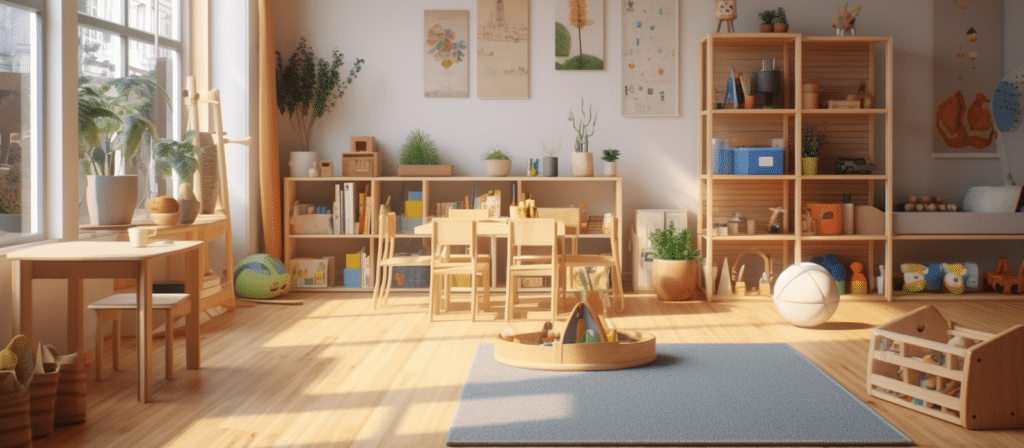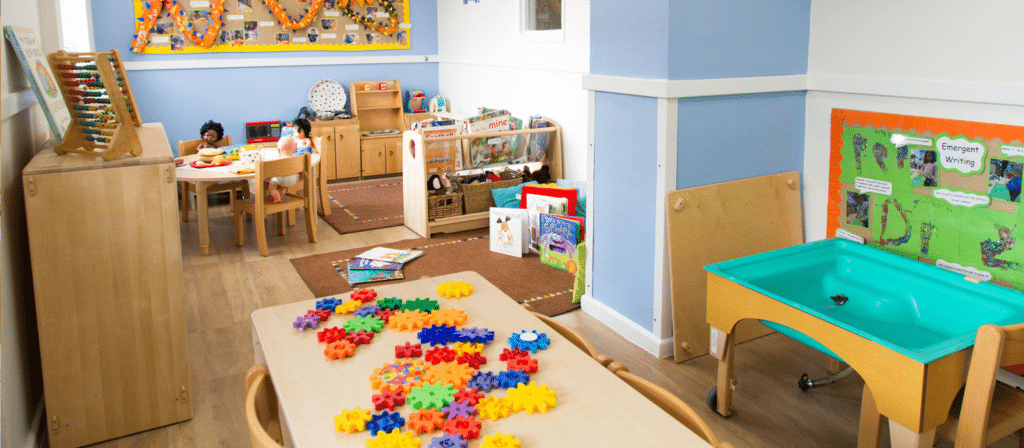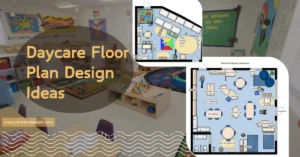Are you looking for practical ways to create a seamless and engaging learning environment in your Montessori classroom? Discover the secrets of arranging furniture for optimal classroom flow to enhance children’s independence, focus, and overall learning experience.
In a Montessori classroom, the arrangement of furniture plays a crucial role in promoting optimal flow and facilitating a harmonious learning environment. In this blog post, I will share practical tips on how to arrange furniture in a Montessori classroom to enhance classroom flow and maximize student engagement.
One of the key principles of Montessori education is the emphasis on creating a prepared environment that fosters independence and allows children to freely explore and engage with their surroundings. The arrangement of furniture is a fundamental aspect of this prepared environment. By strategically placing furniture in the classroom, we can create defined areas for different activities and ensure a smooth flow of movement for both students and teachers.
So, how can we arrange furniture to optimize classroom flow?
Firstly, it is essential to consider the different activities that take place in the classroom and create designated areas for each. For example, a reading area with comfortable seating and bookshelves, a practical life area with low tables and materials, and a work area with individual desks or tables. By clearly defining these areas, students will know where to go for specific activities, reducing confusion and promoting independence.
Secondly, it is crucial to ensure that there is enough space between furniture pieces to allow for easy movement. Montessori classrooms emphasize freedom of movement, and overcrowded spaces can hinder this. Ensuring adequate space between furniture pieces also promotes safety and prevents accidents.
Another important consideration is the placement of furniture in relation to natural light sources. Natural light has numerous benefits for both physical and mental well-being. Positioning desks or worktables near windows allows students to benefit from natural light while engaging in their activities. Additionally, incorporating plants or greenery near windows can create a calming and refreshing atmosphere.
But what about furniture arrangement in smaller classrooms?
In smaller classrooms, it is even more crucial to maximize the use of space and ensure an efficient flow. One practical tip is to use furniture that serves multiple purposes. For example, desks with built-in storage or bookshelves that can also act as room dividers. This not only saves space but also adds functionality to the classroom.

Additionally, utilizing vertical space can be a game-changer in smaller classrooms. Wall-mounted shelves or storage units can provide extra storage without taking up valuable floor space. Hanging artwork or educational posters on the walls can also add visual interest and create a stimulating learning environment.
What about collaborative spaces?
Collaboration is a key aspect of Montessori education, and creating spaces that facilitate group work is essential. One way to achieve this is by arranging desks or tables in clusters or groups, allowing students to work together easily. Providing comfortable and flexible seating options, such as bean bags or floor cushions, can also encourage collaboration and creativity.
In addition to furniture arrangement, it is crucial to consider the materials and resources available to students. Ensuring easy access to materials and keeping them organized is essential for promoting independence and self-directed learning. Open shelves or storage units with labeled bins or baskets can help students easily locate and return materials, reducing classroom disruptions and promoting a sense of responsibility.
Conclusion
By implementing Montessori practical tips for arranging furniture in your classroom, you create an environment that fosters independence, concentration, and a love for learning. Purposeful zones, child-centered layout, flexibility, and organization are essential factors in achieving optimal classroom flow. When children are empowered to explore and engage with the learning environment freely, they can fully immerse themselves in their learning journey and develop essential life skills that will stay with them throughout their lives.
Remember, the arrangement of furniture in a Montessori classroom is an ongoing process that requires observation, flexibility, and adaptation. By continually evaluating the classroom environment and making necessary adjustments, we can ensure that our students have the best possible learning experience.













